Spotlight on 3 contemporary designs featured in the Atlas of Furniture Design
Inspired by Vitra Part I
One of the best things about having to spend so much time at home these days is the fact that we finally got around to cracking Vitra Design Museum’s latest tome: Atlas of Furniture Design. Yes, it’s been out since November, and yes, it offers an intriguing new look at our favorite subject, important works of design history. But you have to understand; really studying this book requires a certain degree of commitment. As the book boasts on its spine, it encompasses 1,740 objects from 237 years spread across 1,028 pages.
Well we did it! And now dear readers, we want to offer up a series of short stories inspired by all that we’ve learned. Our first spotlights three works of contemporary design that are both featured in the Atlas and available in the Pamono shop. Who doesn’t want to own a bit of museum-worthy design?
Clay Series by Maarten Baas, 2006
It was no surprise to find Dutch designer Maarten Baas’s Clay Series in the Atlas. The iconic status of this design is well established, since it has been widely touted as a pioneering and influential exercise in material, process, and formal experimentation. What we did learn from the book, though, is that renowned architect critic Aaron Betsky calls the design's aesthetic “neo-primitivism” and that the designer himself celebrates its “clumsy language.” Dare we say that “joyful” might be a more apt description? Photo © Phillips
Meeting Chairs by Laurence Humier, 2007/8
Before reading the Atlas, we knew that MoMA had acquired a set of Belgian engineer Laurence Humier’s super-clever Meeting Chairs into its collection, but we didn’t know that Vitra Design Museum had too. It makes sense though when you think about it. They are such a pure exemplar of classic functionalist design values: modularity, adaptability, collapsibility, utility, and minimalism. Photo © Laurence Humier
Well Proven Seating by Marjan van Aubel & James Shaw, 2012
While researching a way to make use of waste from the timber industry, Dutch designer Marjan van Aubel
and British designer James Shaw
discovered that a curious chemical reaction occurs when wood shavings are mixed with bio-resin. The designers then invented a way for the resulting durable foam-like material to be used to create seating. Well Proven Seating is now produced by the Transnatural Label and can be found in the permanent collections of Vitra Design Museum, Montreal Museum of Art, National Gallery of Victoria, and MoMA. Photo © Floor Knaapen/Transnatural
Images of the Atlas of Furniture Design book courtesy of Vitra
More to Love
Contemporary Batyline Meeting Chairs by Laurence Humier, Set of 4

Medium Well Proven Stool by Marjan van Aubel & James Shaw for Transnatural Label
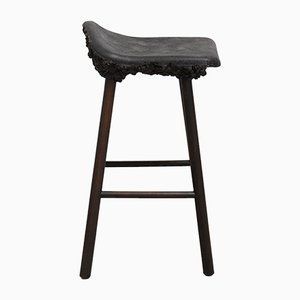
Large Well Proven Stool by Marjan van Aubel & James Shaw for Transnatural Label
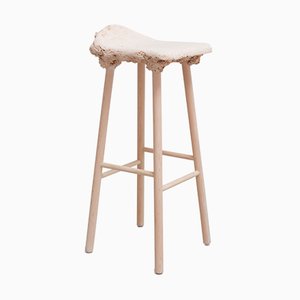
Coral Batyline Meeting Chairs by Laurence Humier, Set of 4
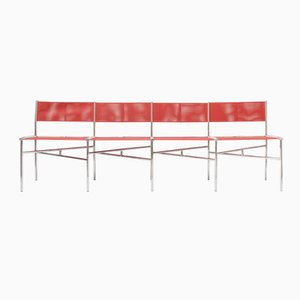
Red Leather Meeting Chairs by Laurence Humier, Set of 3

Gray Batyline Meeting Chairs by Laurence Humier, Set of 3
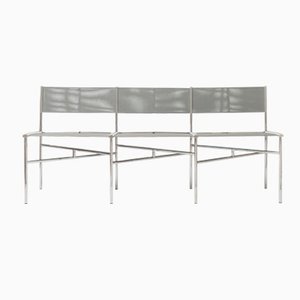
Contemporary Batyline Meeting Chairs by Laurence Humier, Set of 2
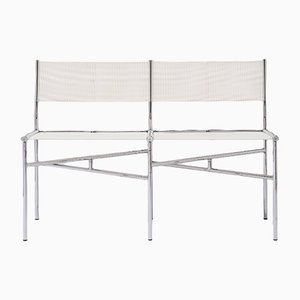
Clay Low Seater by Maarten Baas
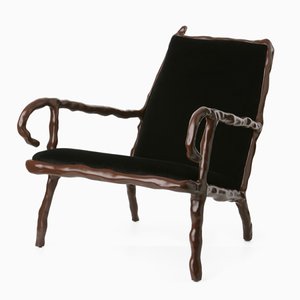
Small Well Proven Stool by Marjan van Aubel & James Shaw for Transnatural Label





